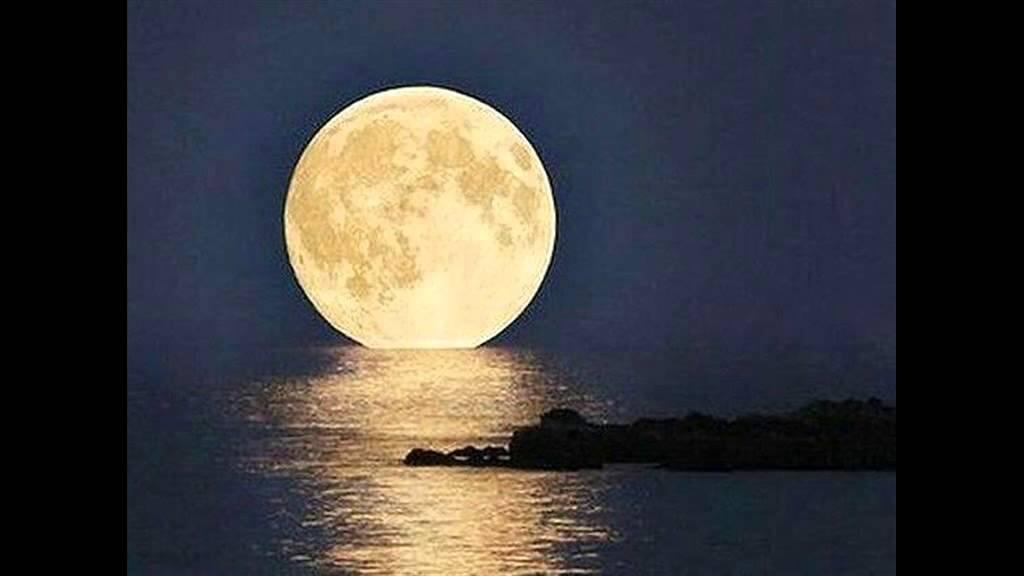This night, the moon will be 15 percent larger and 30 percent brighter than average moons we can see from Earth. And, what the hell, despite the controversy that always raise this phenomenon is a fantastic excuse to look at the sky. Today’s how to take advantage of this time (almost) unique.
What is a superluna?
First things first. Moon’s orbit is not a circle. It is rather an ellipse, though (by interaction with the Moon and Sun) is not an exact ellipse. That makes it sometimes is closer to the Earth and other further.
When the perigee (closest point between the Moon and Earth) coincides with a full moon, there is what we see: A superluna. But this superluna is different from the rest. For those irregularities of the lunar orbit on November 14 will be about 356,500 kilometers from the lunar surface.
Did you see very large?
Yes and no. It is true that the moon will look larger than usual, but do not expect things exhorbitant. A couple of weeks ago, Wicho explained in Microsiervos that the difference in the apparent size of the moon on October 31 (the time when the moon was farther away) and November 14 (when closer) is so small that it is almost imperceptible to the naked eye.
Above all, because we can not compare. Moon we see today is not too different from the moon that we see tomorrow (or last). The daily progression means that, if we compare the images (as pictured above), realize the change is difficult.
“Well, I thought it was super weird things because they spent”
Unfortunately not, although in certain circles it has heard a lot. That’s one of the problems of those who ‘superluna’ is a term “frowned upon” in the scientific community. The moon is certainly one of the celestial bodies that are more associated mythologies, but that, mythologies. The tides will suffer a variation of just two centimeters over the last moon and no, there will be no more werewolves account.
In fact, the concept of ‘superluna’ is a bit marketiniano and fun. A couple of months, Neil deGrasse Tyson, director of the Hayden Planetarium in New York, confessed that he did not know who was the first who had called him ‘superluna’ to this, but “but if you have a pizza 20 cm, would you say which it is a SuperPizza compared with 18?. ”
So is it worth going out to see?
I think so and that in some parts of the globe starts to get cold. As noted above, the ‘Supermoon’ is a fantastic opportunity to encourage astronomy. Even to introduce smaller family or hanging out with friends. Not everything will be space probes. And where do we look? On the Internet, there are many tools that can help us know when and where will the moon every day in every part of the planet. Come on, no excuses.
How to photograph the superluna?
The superluna is so BIG DEAL that even NASA has made some recommendations to take pictures (for example, include benchmarks in the image). We have consulted fellow Engadget Photo to have some keys in order to obtain the photo perfect night.
Choose well the place. Let’s be honest, light pollution is always a hassle. The Starlight Foundation has an interesting catalog of places to practice the astronomical sighting. But, hey, if we can not bring any reservation in this case is not overly important.
If we go a step further, Google Sky Map can be very useful to us to distinguish constellations, planets and other celestial bodies. While it is true that there are a lot of very useful applications for photography and night sighting.
About cameras, light a good telephoto be key to photograph the Moon (the zoom is important here) and fellow Engadget Photo equipment recommend us if we encourage full format with stars and starry skies: 10-24mm, 11- 16mm APS-C or full frame 12-24. Also, a good tripod and a timer are highly recommended. The trigger BULB mode will help us realize much longer than usual exhibitions. With all that and a little luck, we have everything you need to make a photo as has been done in the last 70 years. Not a bad plan for a Monday night.
Source: xataka.com











